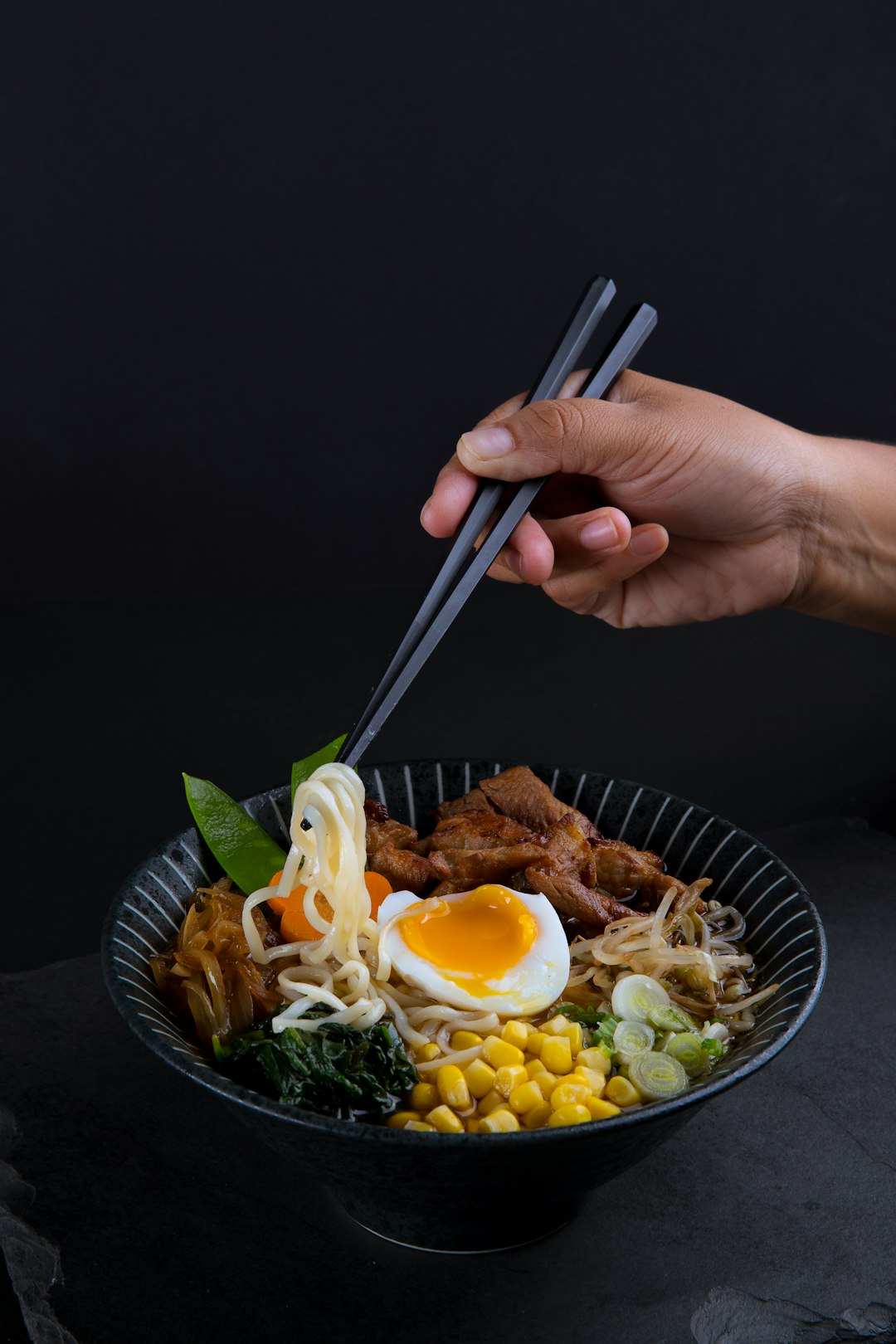From Sushi to Sashimi: A Beginner’s Guide to Japanese Cuisine
When it comes to culinary delights, few can rival the complexity and artistry of Japanese cuisine. Known for its fresh ingredients, subtle flavors, and meticulous presentation, Japanese dishes have gained immense popularity worldwide. If you’re new to this fascinating cuisine, this beginner’s guide will help you navigate your way from sushi to sashimi, and give you a glimpse into the wonderful world of Japanese culinary traditions.
Let’s start with the iconic dish that has become synonymous with Japanese cuisine – sushi. Sushi is a combination of vinegared rice, known as shari, and a variety of toppings, including raw or cooked seafood, vegetables, or even fruits. The most widely recognized form of sushi is nigiri, featuring a small mound of rice topped with a piece of raw fish or shellfish. Maki rolls consist of rice and fillings, such as vegetables or fish, rolled tightly in a sheet of nori (seaweed). Sushi can be enjoyed with soy sauce, wasabi (horseradish paste), and pickled ginger, each providing a unique burst of flavor.
Moving on, we have sashimi, a dish that showcases the essence of Japanese culinary craftsmanship. Unlike sushi, sashimi is served without rice and focuses solely on the quality and presentation of the raw seafood. The freshest fish, such as tuna, salmon, or yellowtail, is sliced into thin, delicate pieces and arranged artfully on a plate. Sashimi is usually enjoyed with soy sauce, wasabi, and grated daikon radish, which adds a refreshing and crisp flavor to the dish.
Another popular component of Japanese cuisine is tempura, a deep-fried dish that originated in the 16th century. Tempura consists of lightly battered and deep-fried seafood, vegetables, or even fruit. The batter is made using a combination of flour, water, and sometimes eggs, resulting in a light and crispy coating. Tempura is traditionally served with a dipping sauce made from soy sauce, dashi (a type of fish stock), and grated daikon radish.
No beginner’s guide to Japanese cuisine would be complete without mentioning ramen. This comfort food has gained international acclaim due to its rich and flavorful broth and the variety of toppings. Ramen noodles are served in a savory broth, which can be either soy-based (shoyu), miso-based (fermented soybean paste), or tonkotsu (pork bone broth). Toppings can include sliced pork, eggs, nori, green onions, and bamboo shoots, among others.
Japanese cuisine is a true culinary adventure that encompasses a wide range of flavors and textures. From delicate sushi to indulgent ramen, each dish is crafted with precision and attention to detail. So, whether you’re dining at a traditional Japanese restaurant or experimenting in your own kitchen, embrace the simplicity and elegance of this extraordinary cuisine. If you’re ever lucky enough to visit Japan, take time to explore the countless regional variations and delicacies that make Japanese cuisine truly remarkable.

